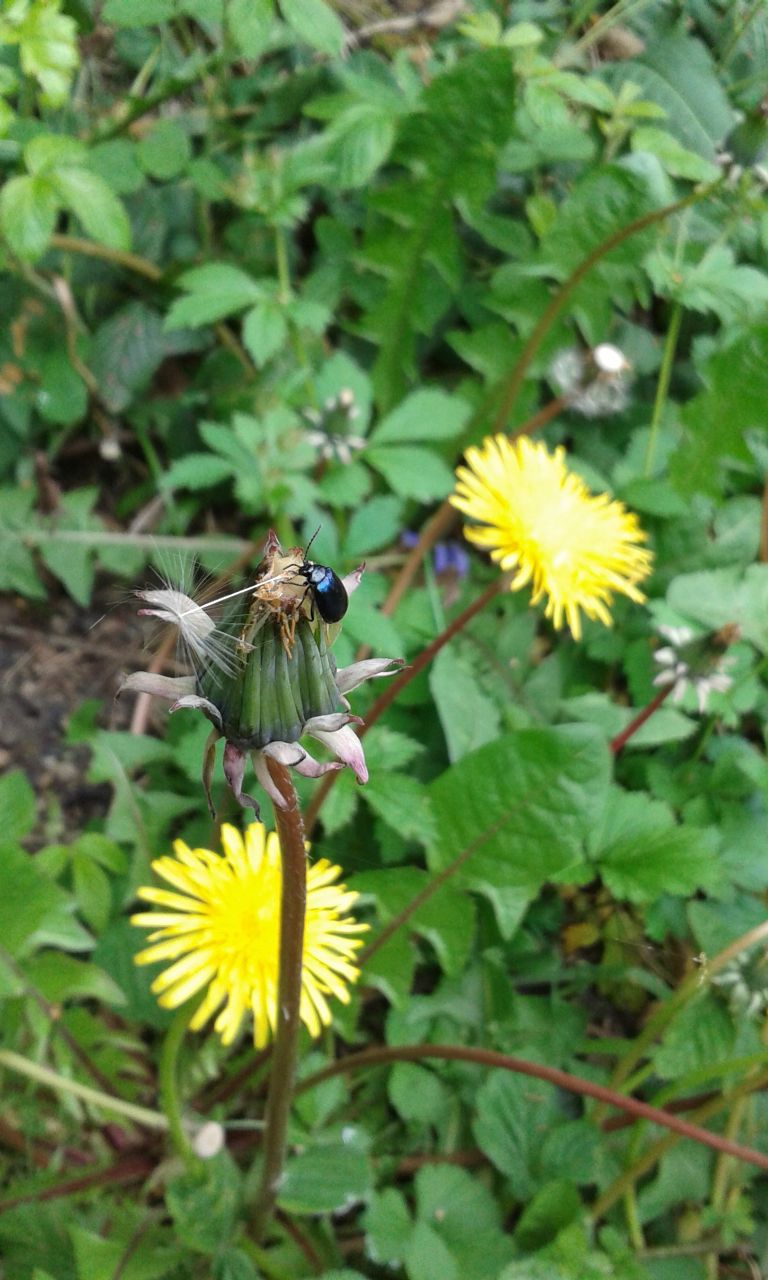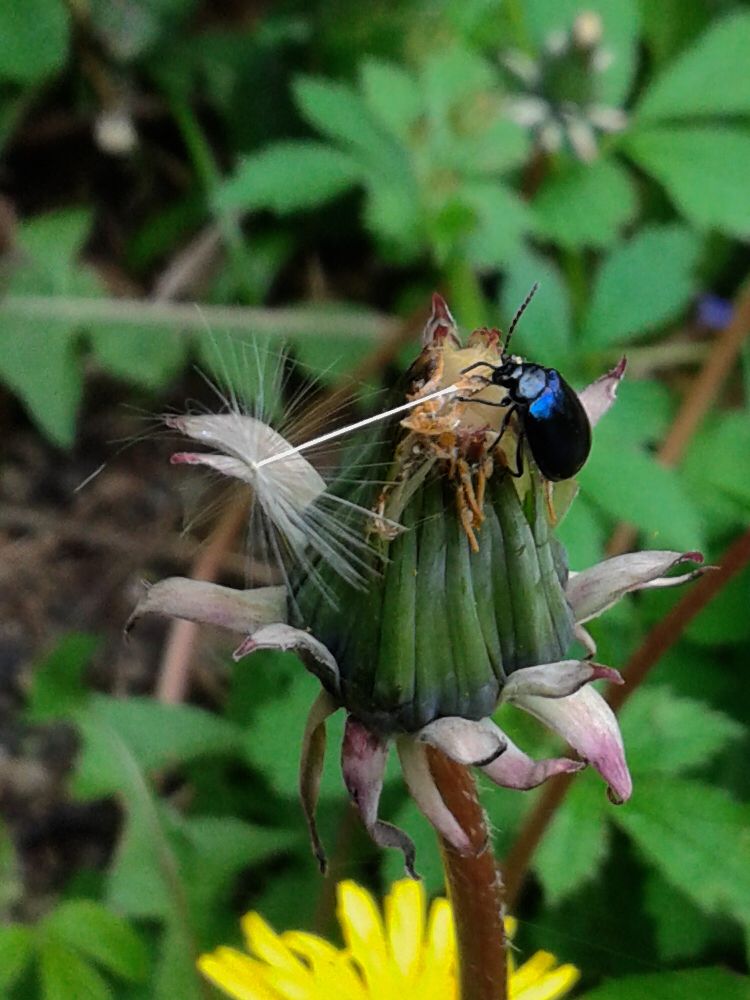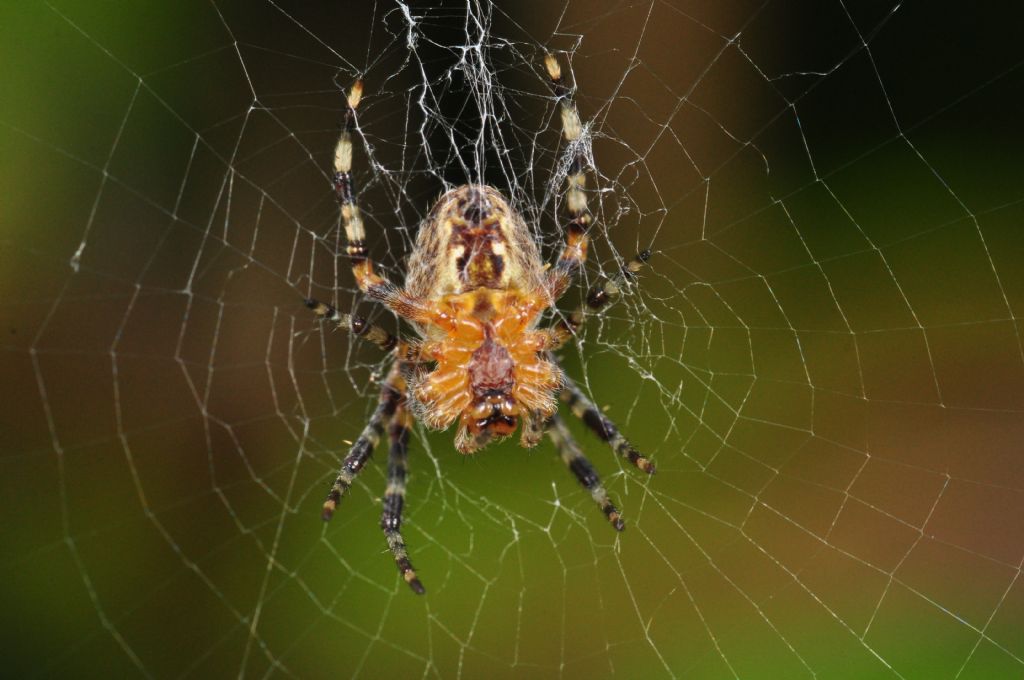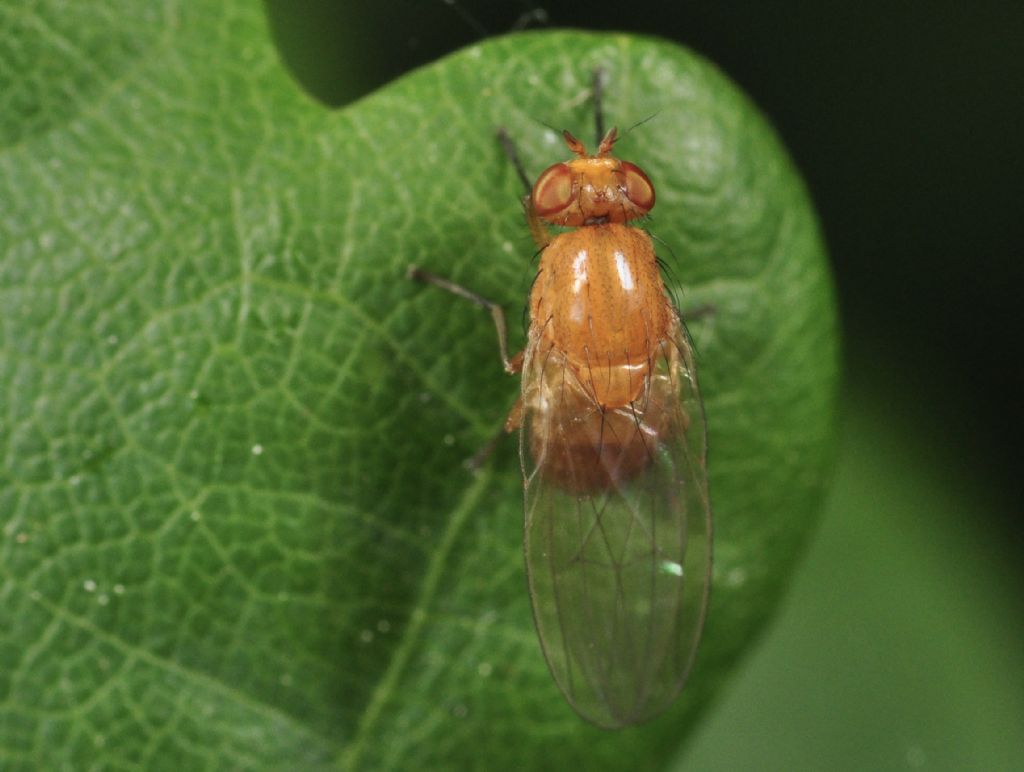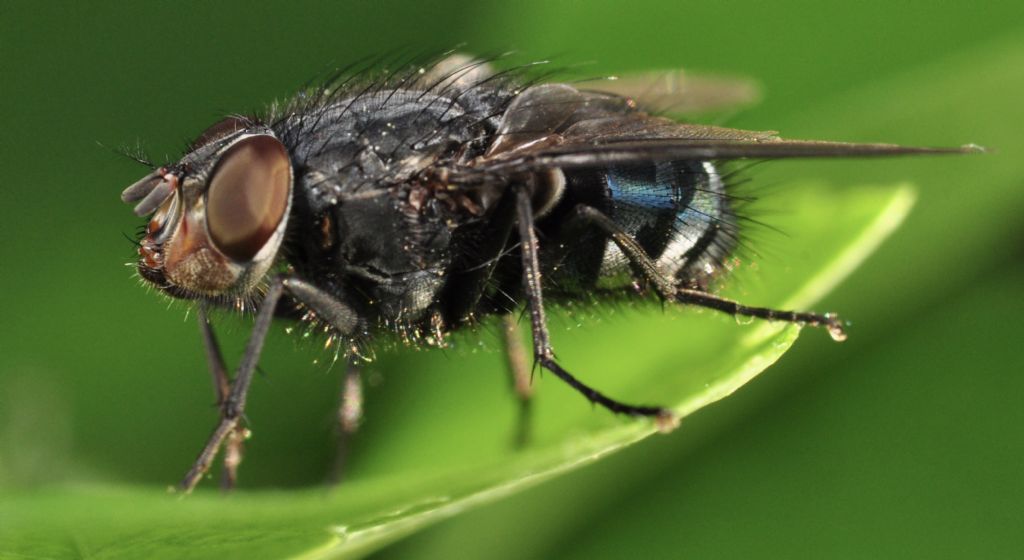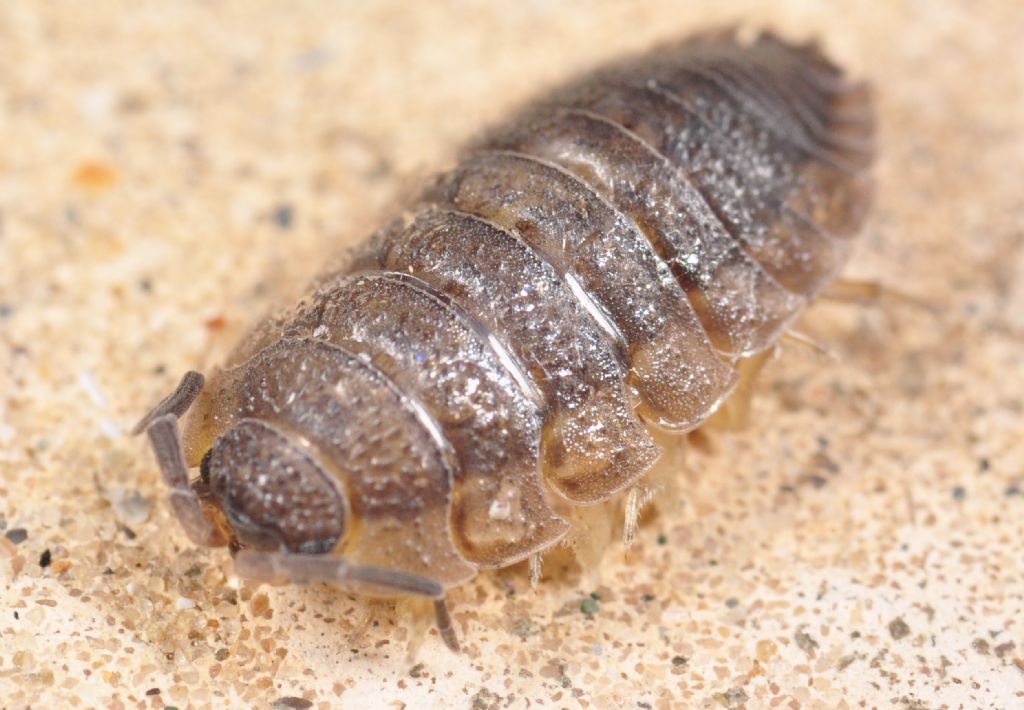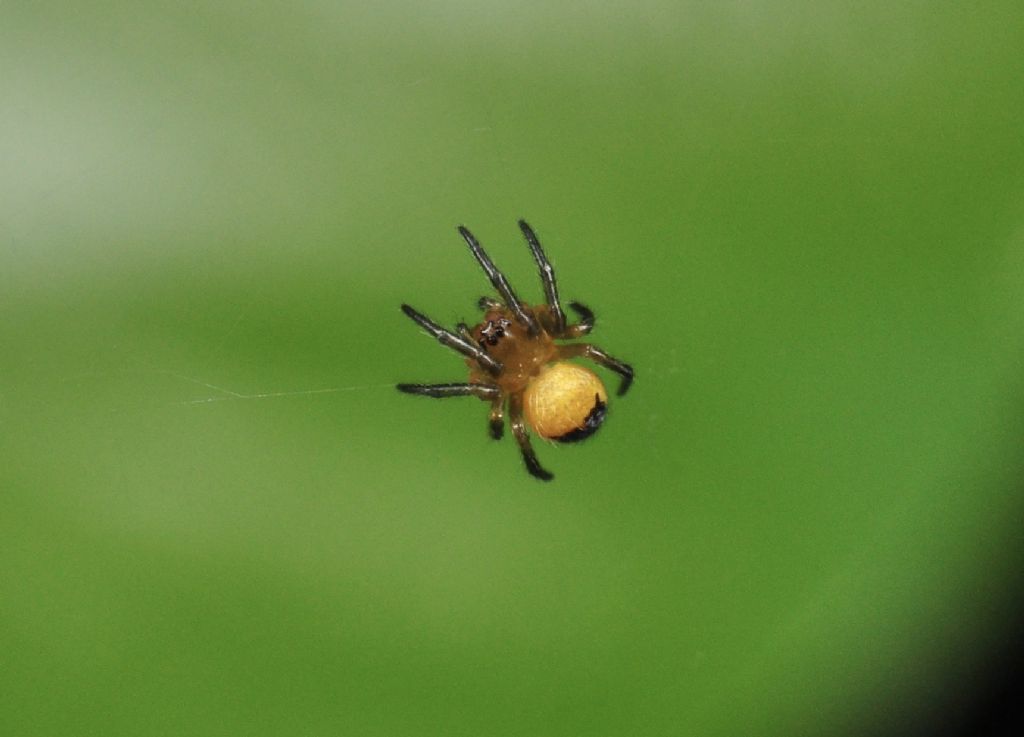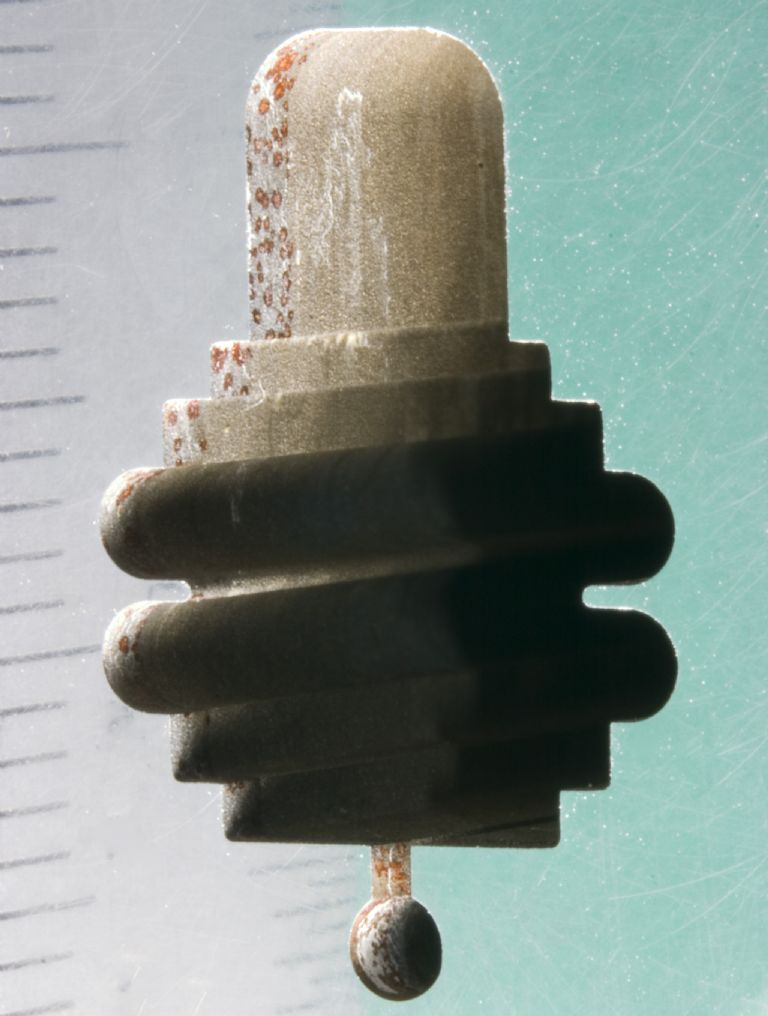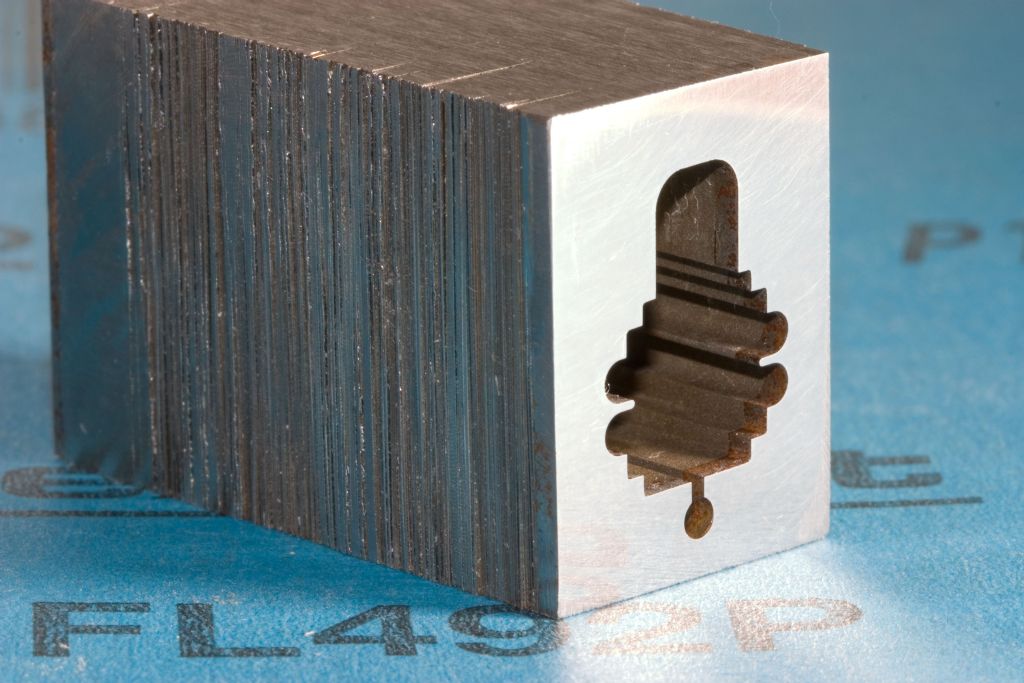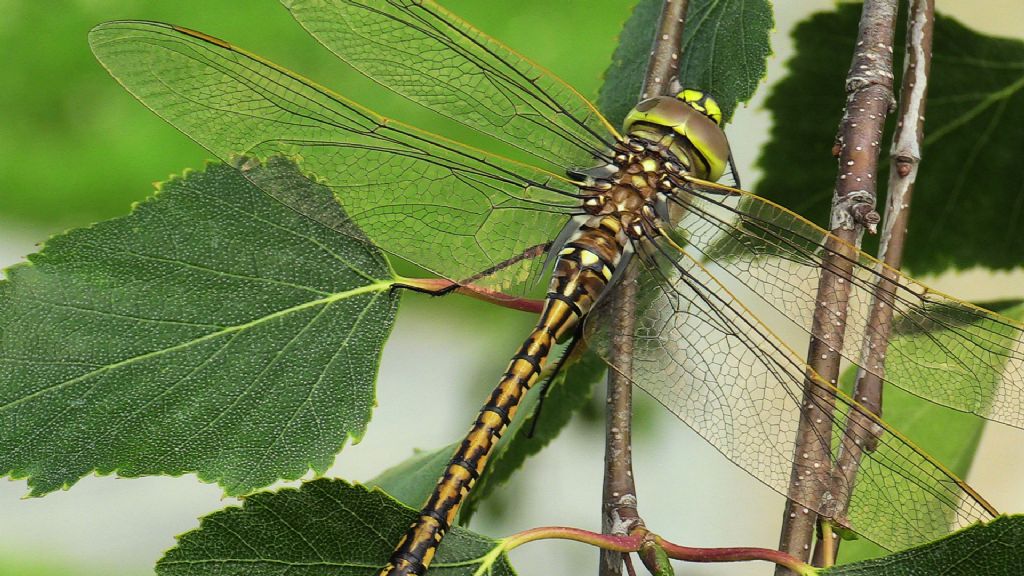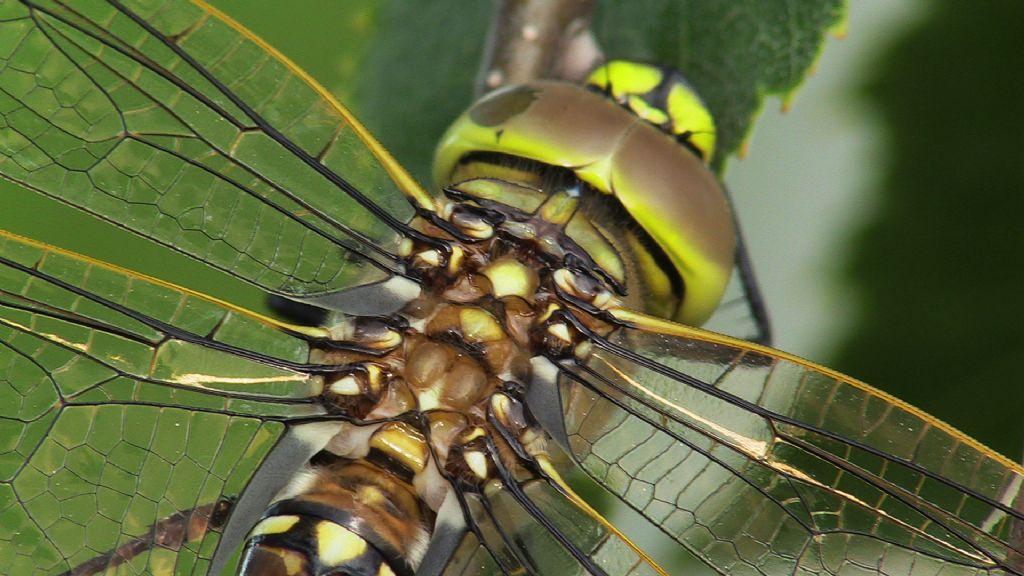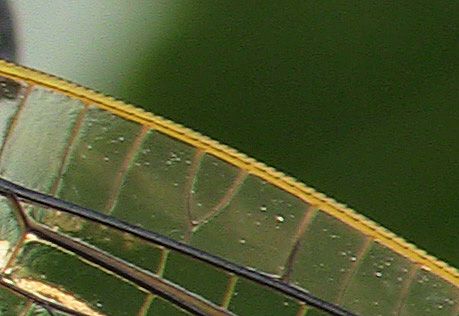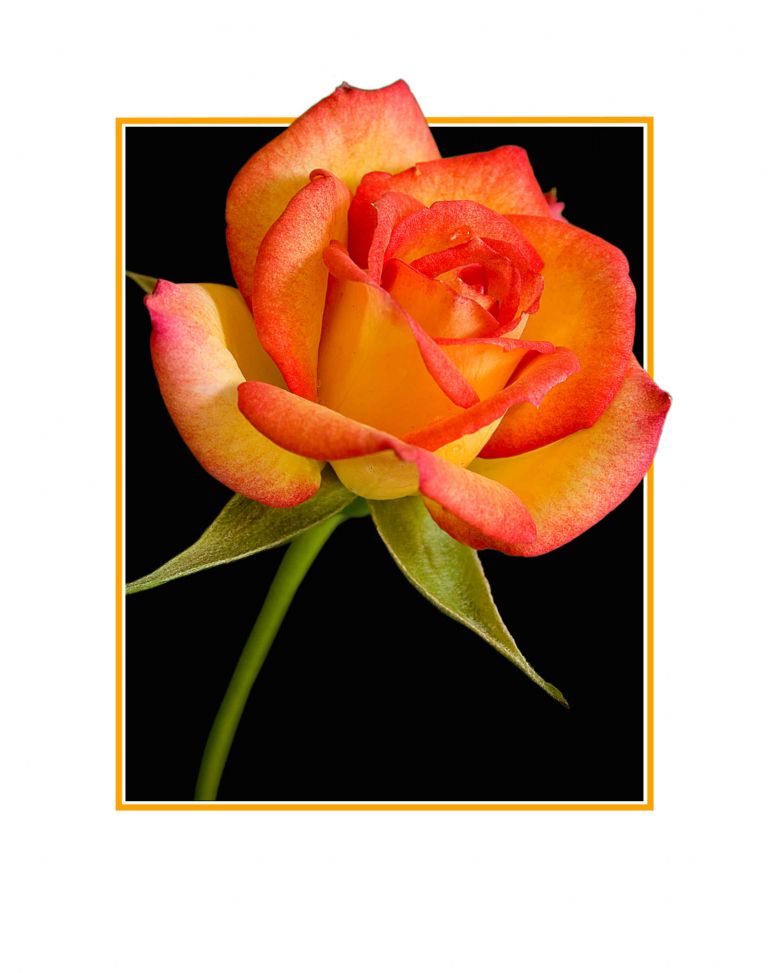Quite interesting how Smartphone cameras take such attractive phopgraphs. It's a combination of technologies. First the sensor is carefully matched to the lens, and is a modern type that collects more light than early models. The lens is very simple and although of high-quality, it makes no attempt to correct aberrations or to provide zoom or any of the other features that make big camera lenses complicated and expensive. Instead, zoom, focus and lens corrections are all done in software after the photograph is taken, possible because smart phones contain a powerful computer. The image software is supported by the phone's other sensors, notably an electronic gyroscope that detects shake and compensates it out. The software also applies several algorithms to make the image look better. In addition to automatic contrast adjustment, edge detection is used to sharpen lines, and various tricks pulled to improve images by popping the colours, optimising for flesh tones when a face is recognised, and adapting to bright sunshine, twilight, night shooting and extreme close-ups.
There's always a down side! A smart-phone's in-camera processing is designed to make images look good at the expense of accuracy, which enables ordinary folk to quickly take good looking photographs with almost no fuss. But the images are more or less a lie! Information recorded by the lens is dumped by the camera in favour of bling. The cameras work extremely well for casual photography but blowing up their results to A4 and above reveals lots of unwanted processing artefacts. Doesn't matter most of the time, but there are many exceptions.
Keen photographers and professionals usually want to be in complete control of their cameras and any processing they choose to do later. Images as captured by their cameras might be distinctly bland, but all the optical information is intact and the photograph may be manipulated later without losing anything. The photographer has access to many image processing techniques and can produce the best possible results, either in terms of accuracy for technical photographs (metallurgy) or heavily manipulated for aesthetic reasons (hot chicks). The disadvantage is it's not quick, cheap or easy. In particular, because the goal is to capture the maximum amount of information about the original subject, the entire optical system has to be the best money can buy.
Dave
Edited By SillyOldDuffer on 20/05/2020 14:17:30
 Michael Gilligan.
Michael Gilligan.

